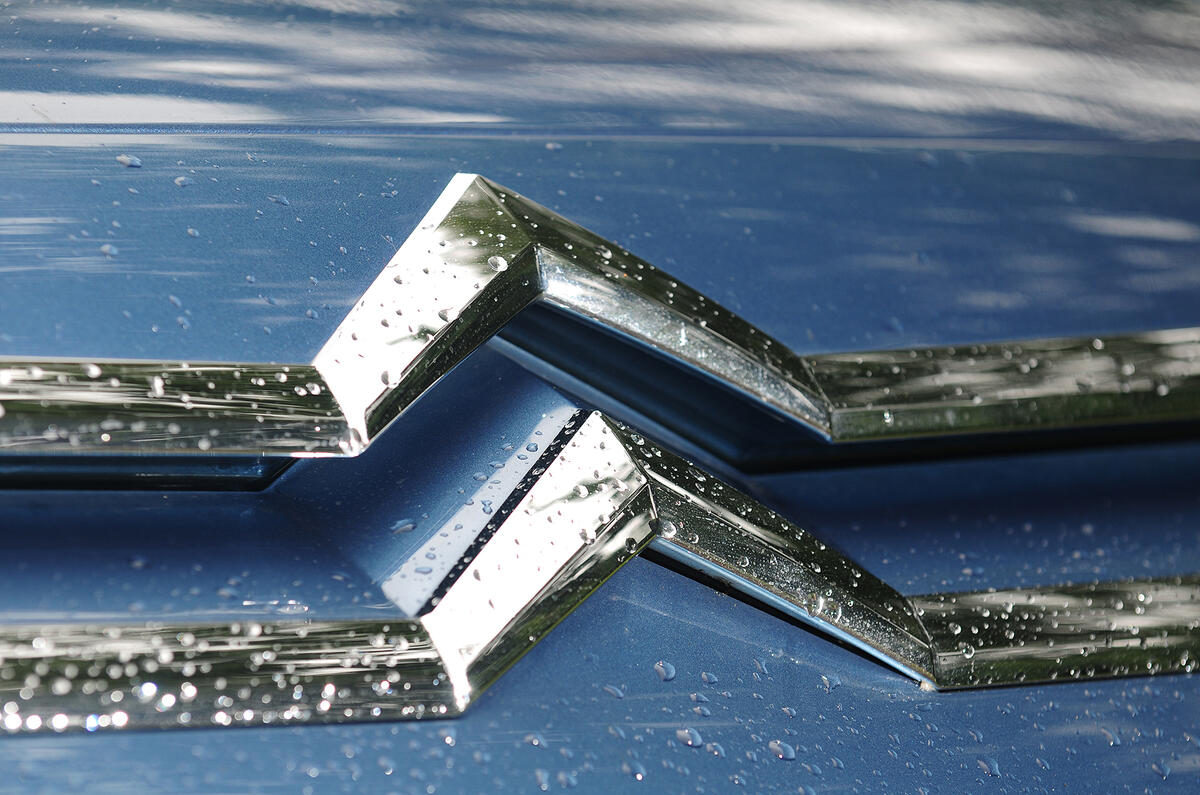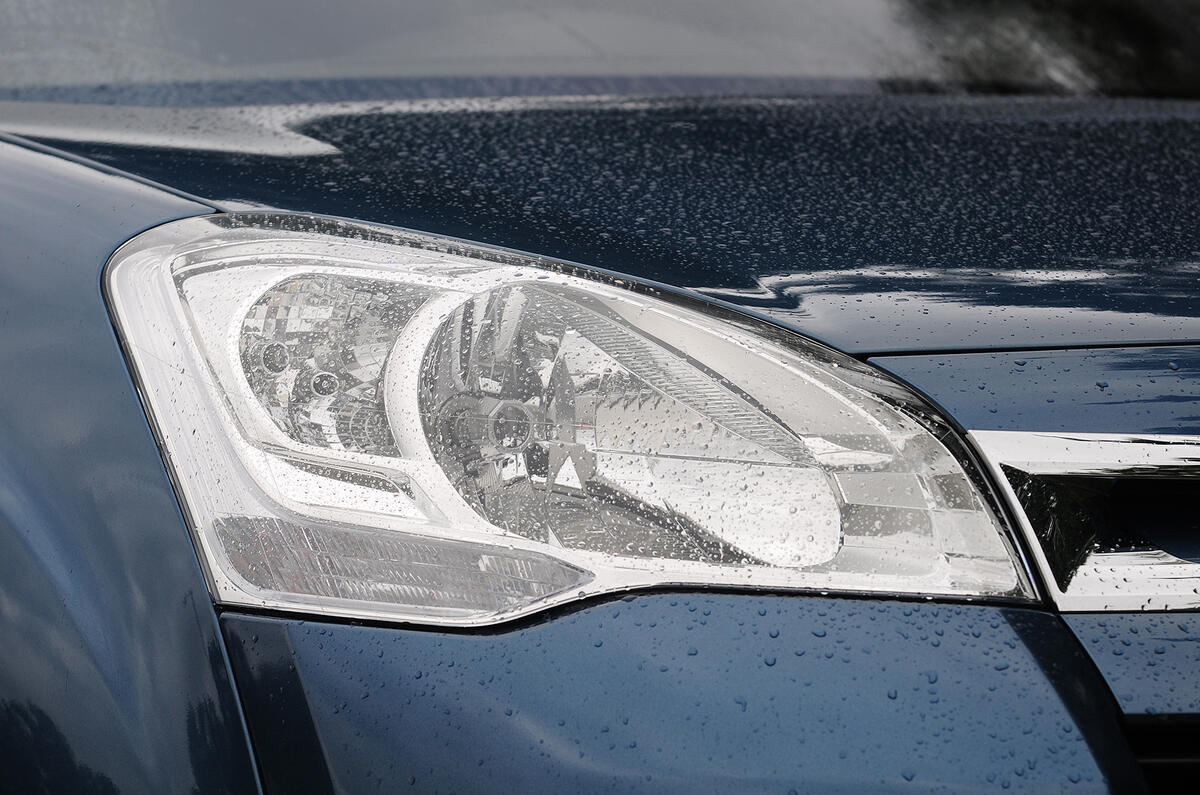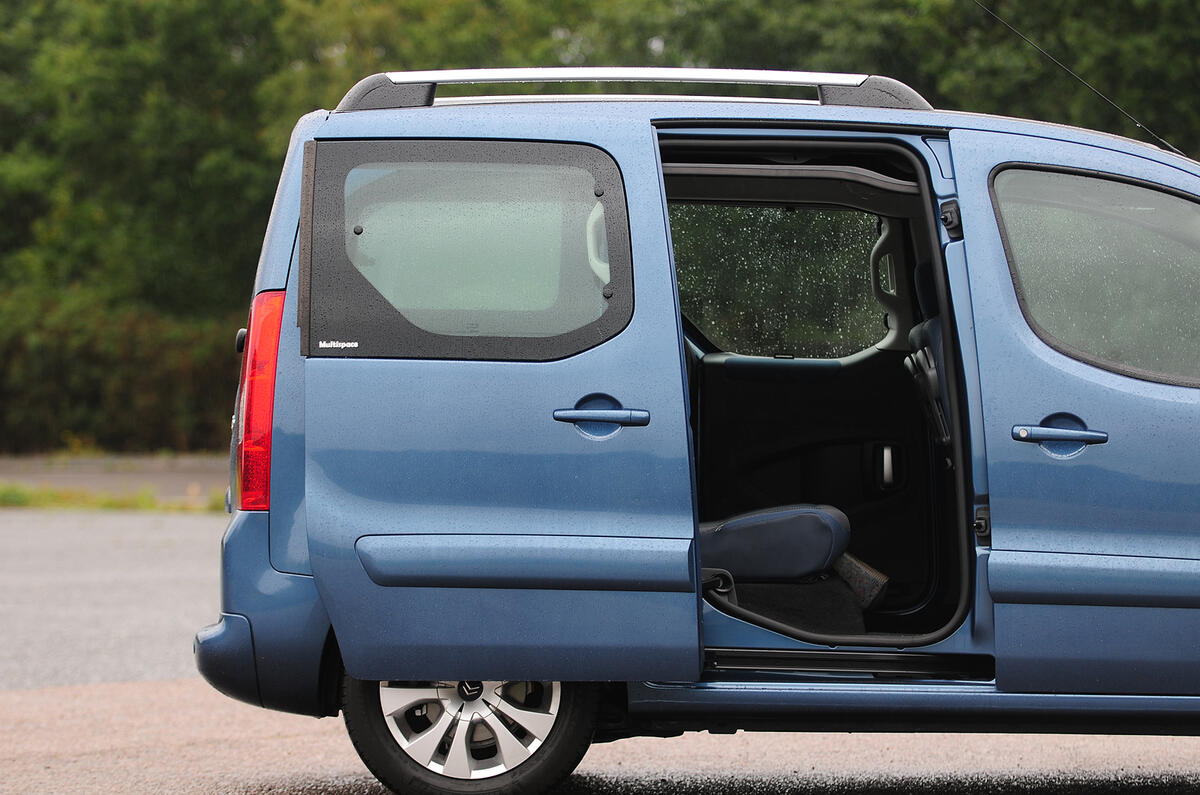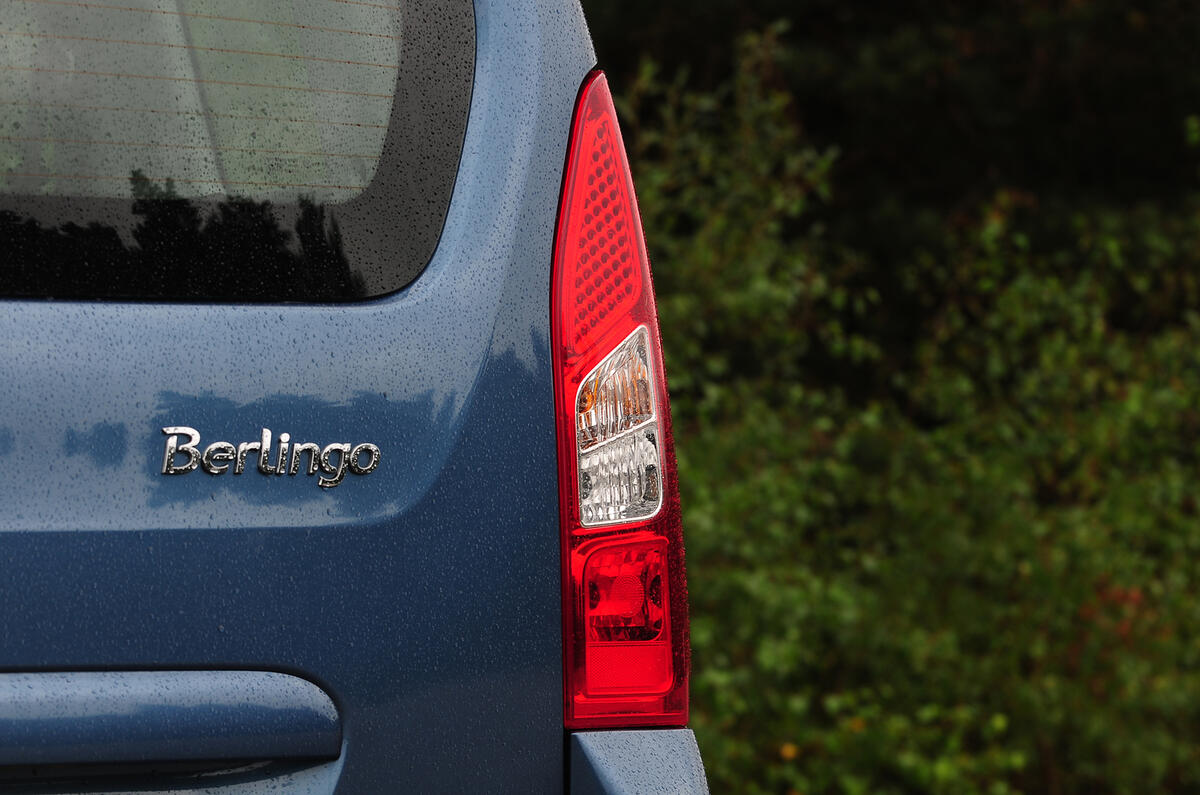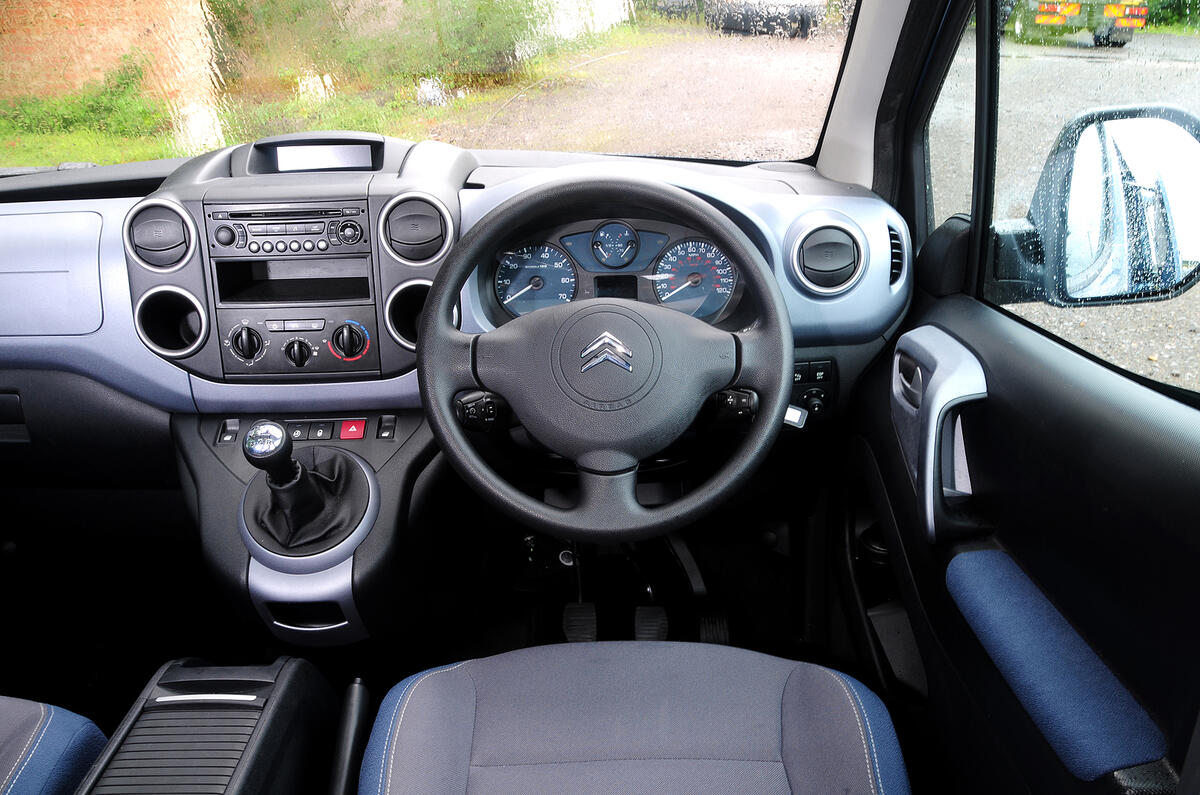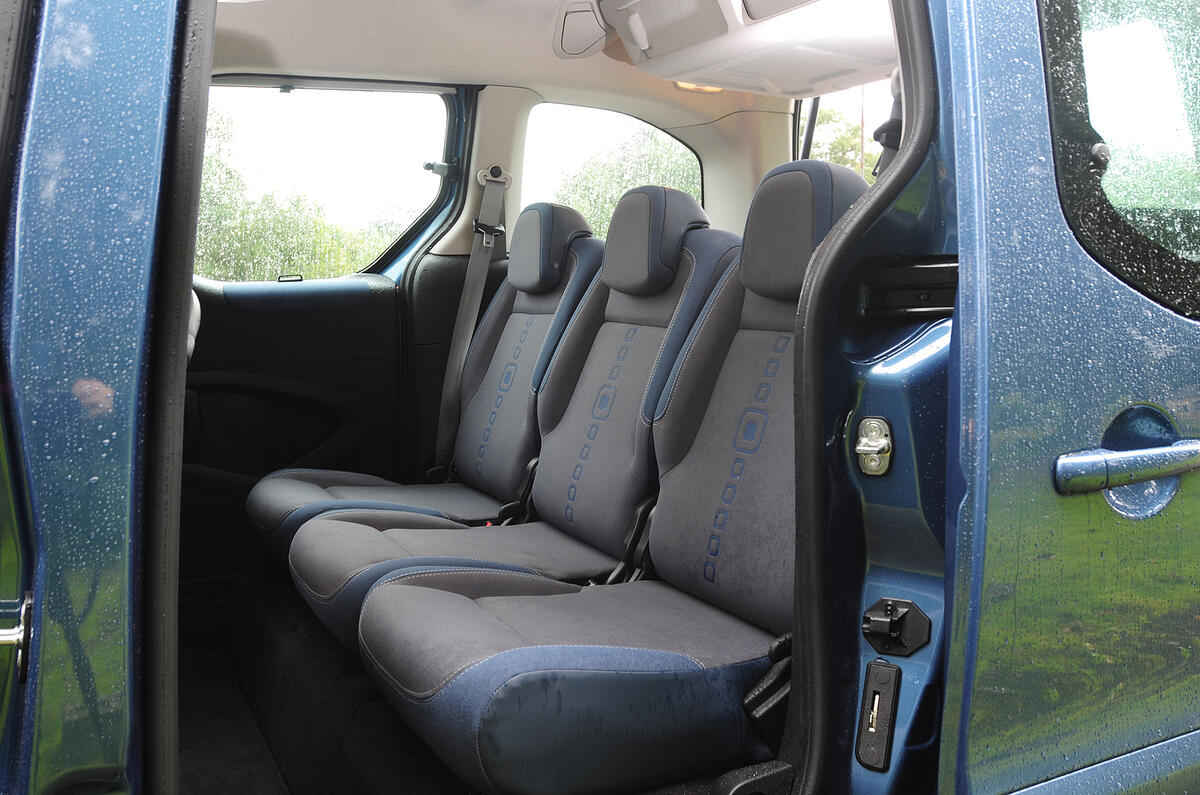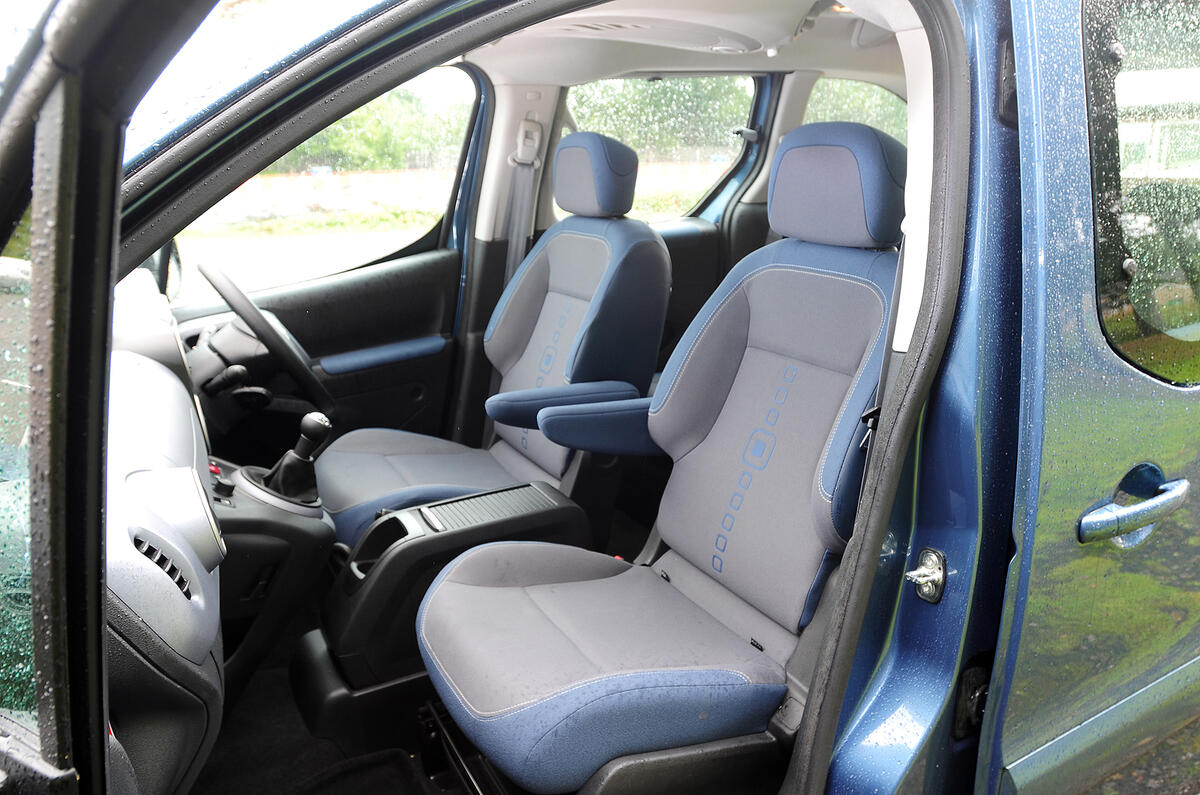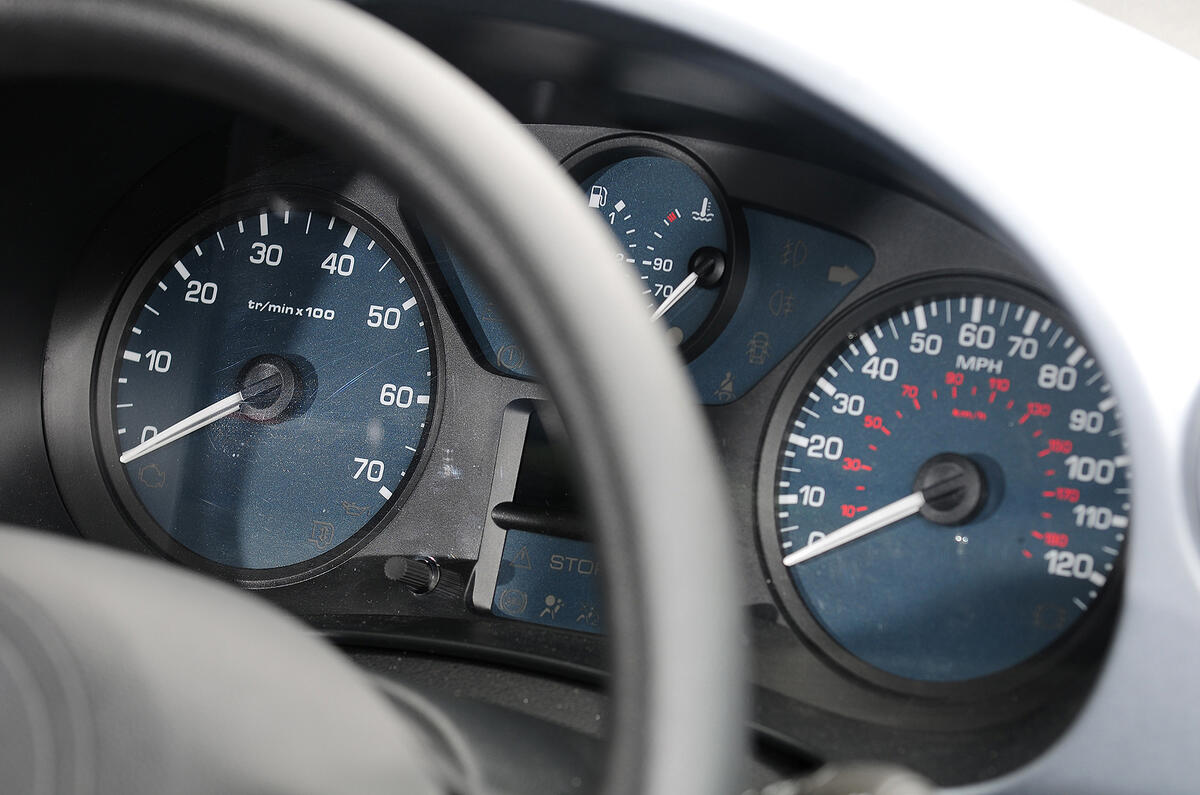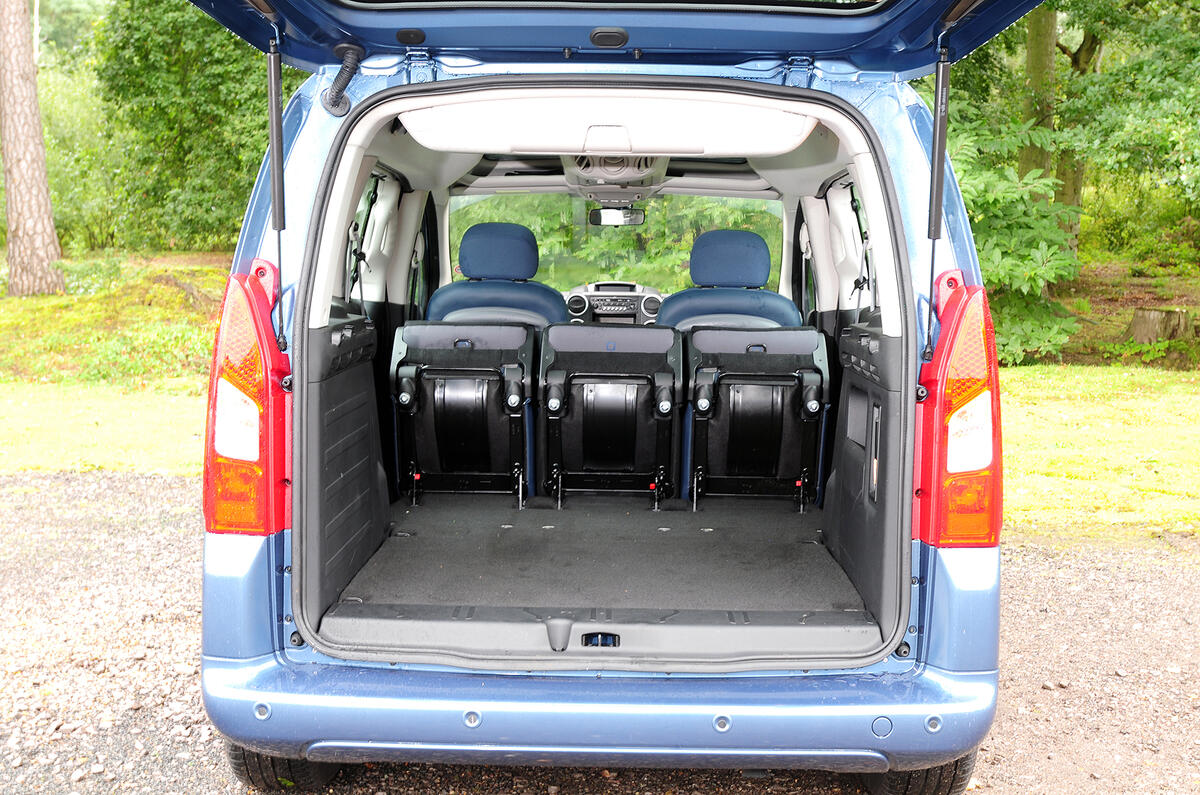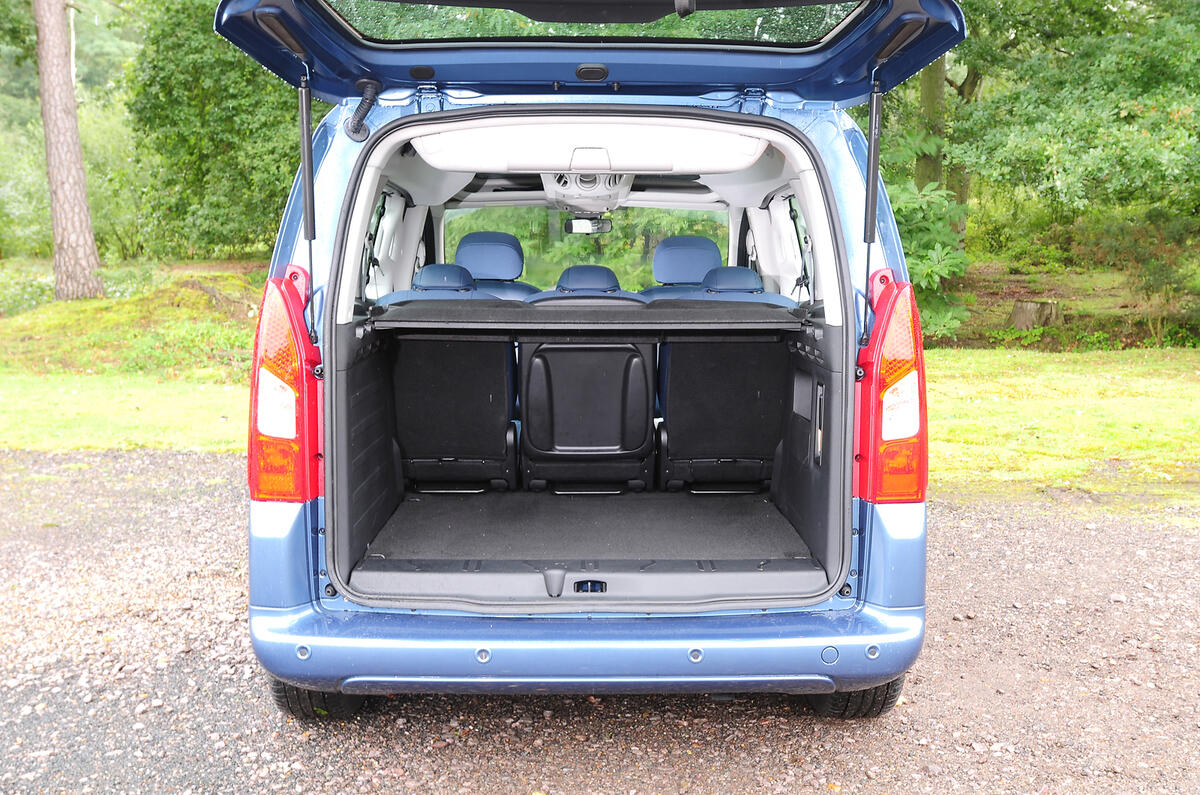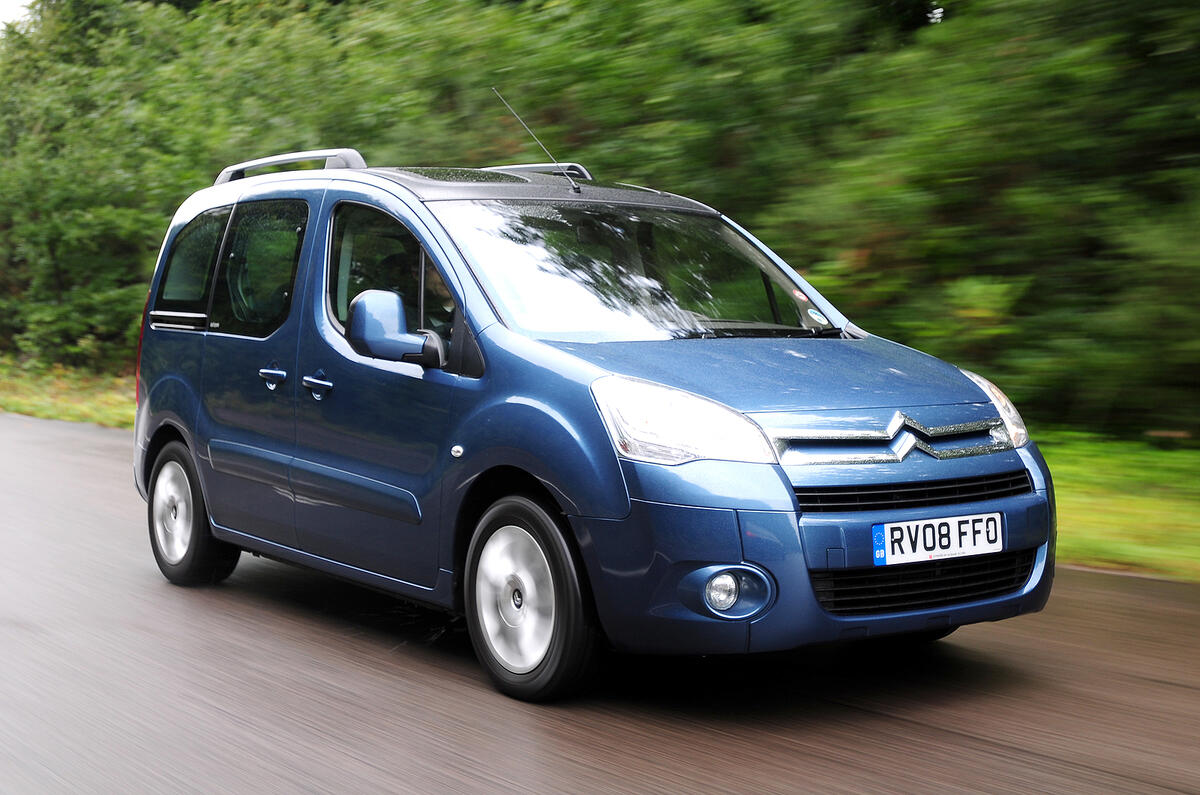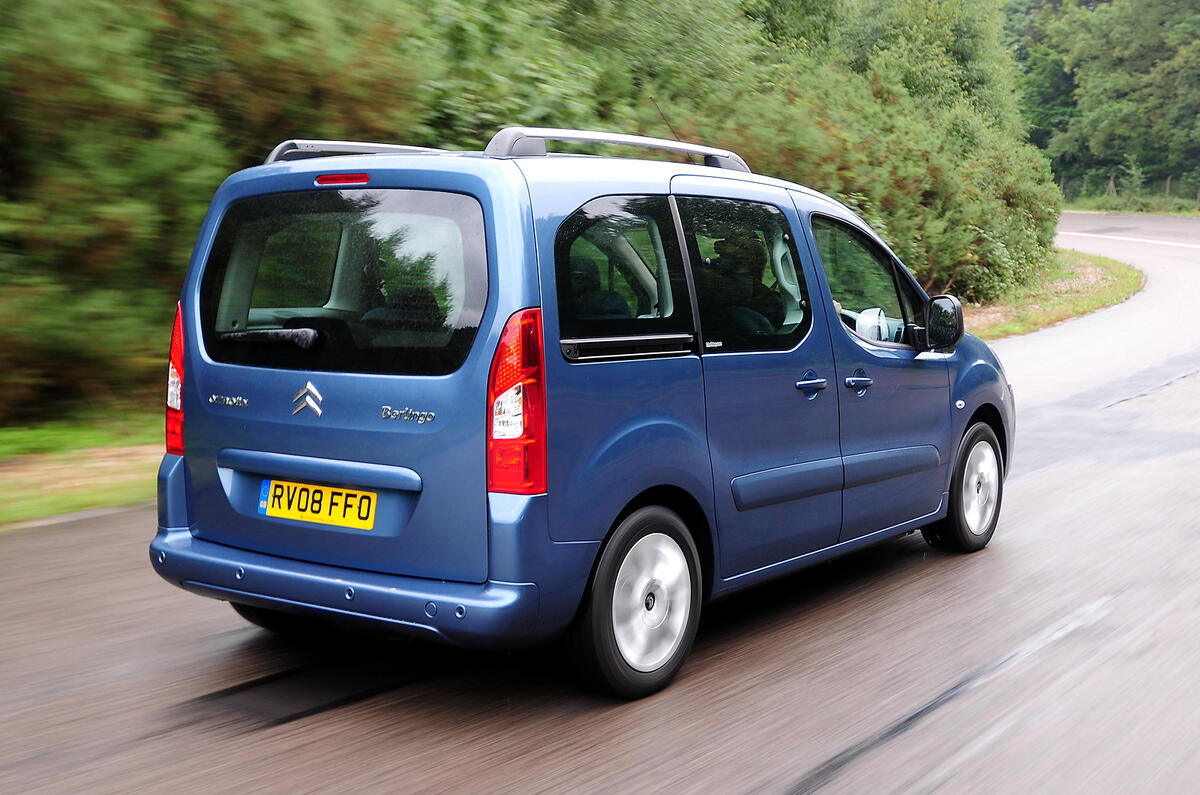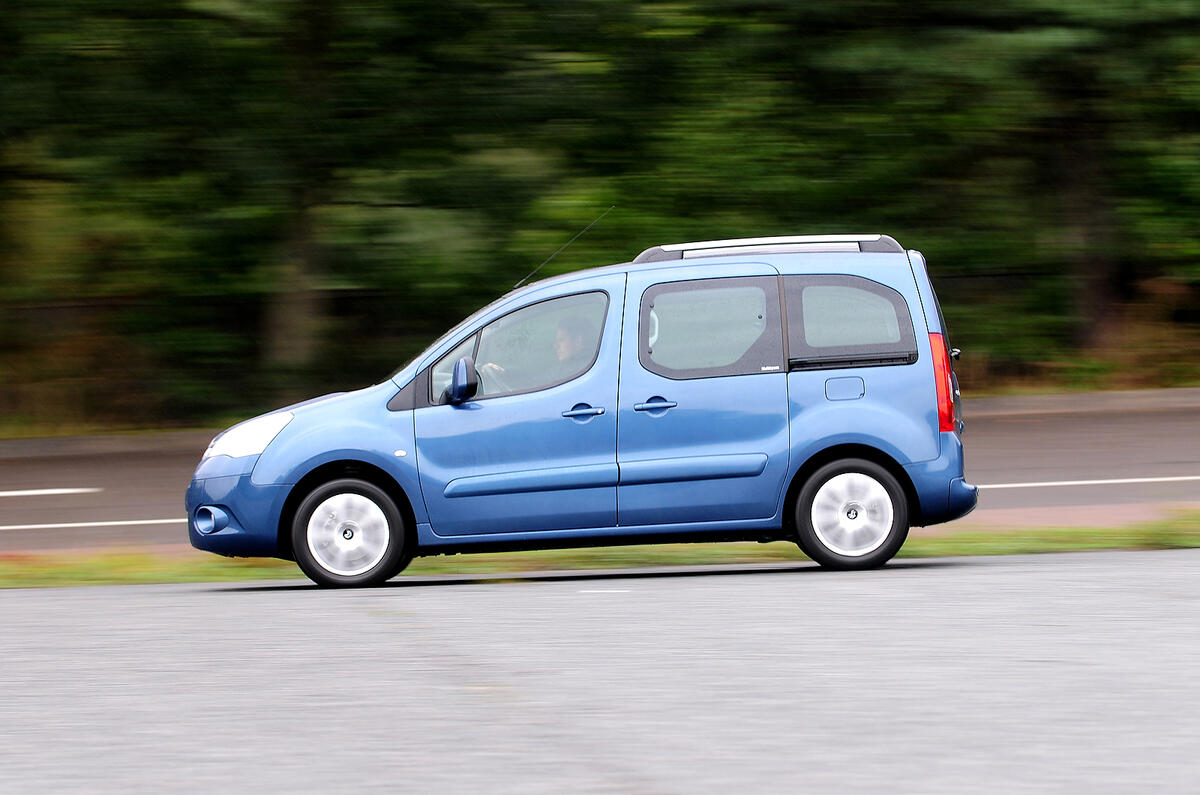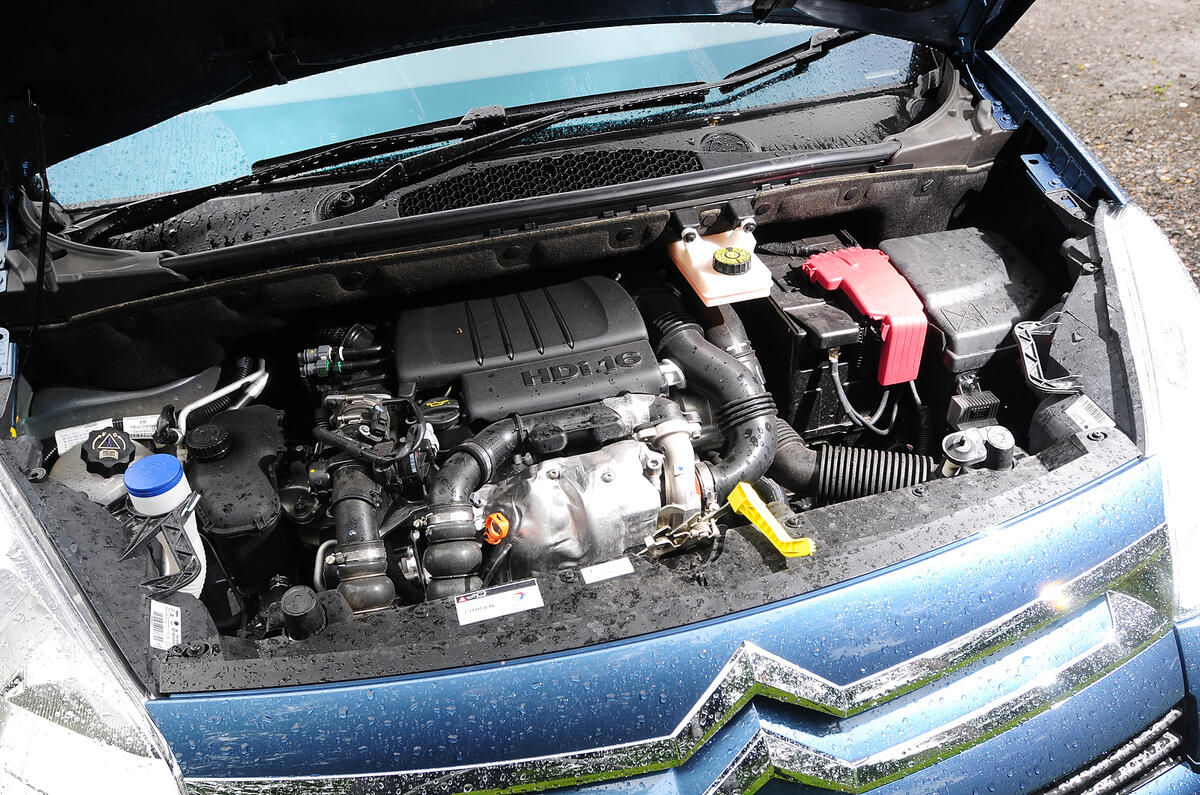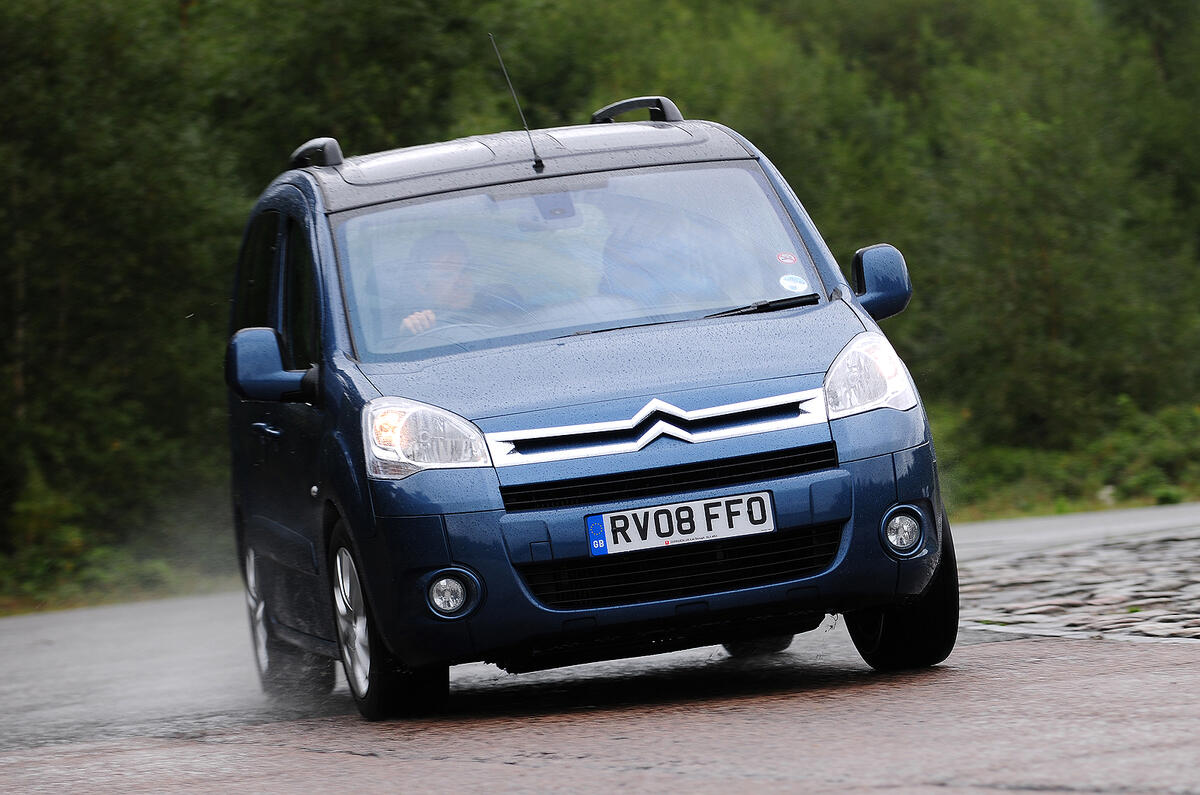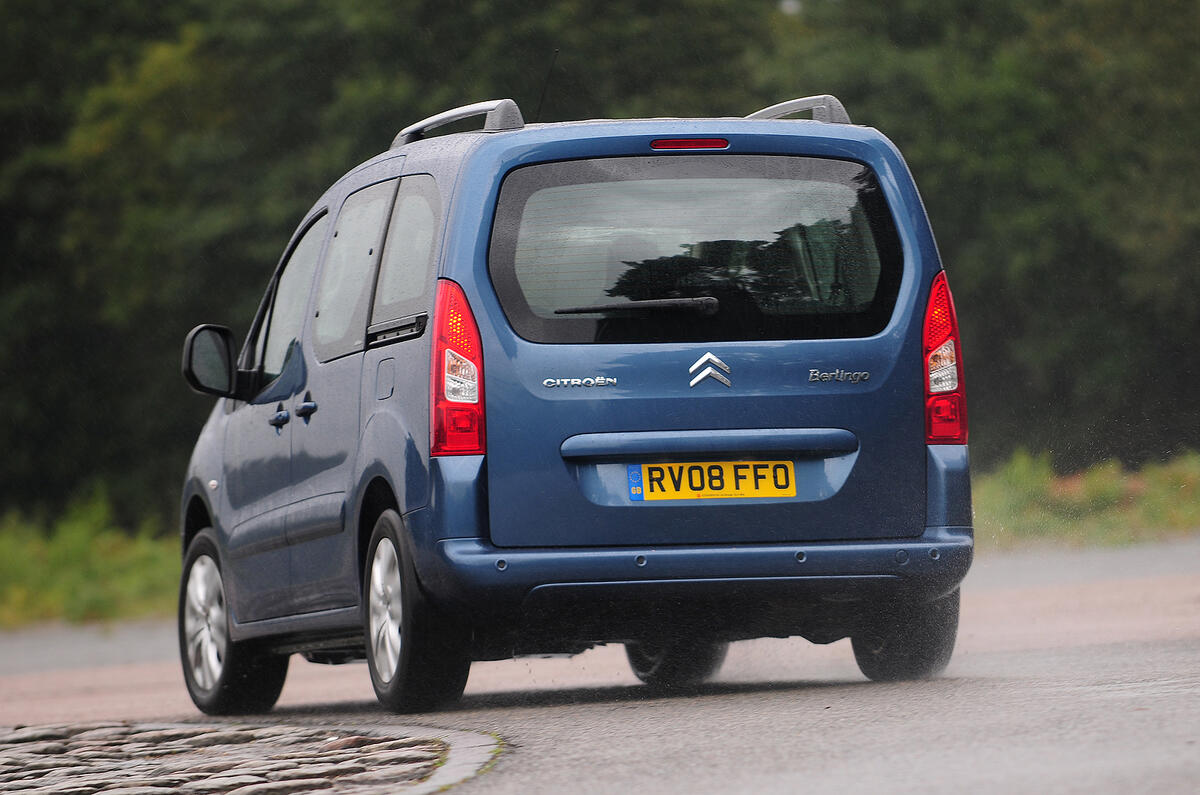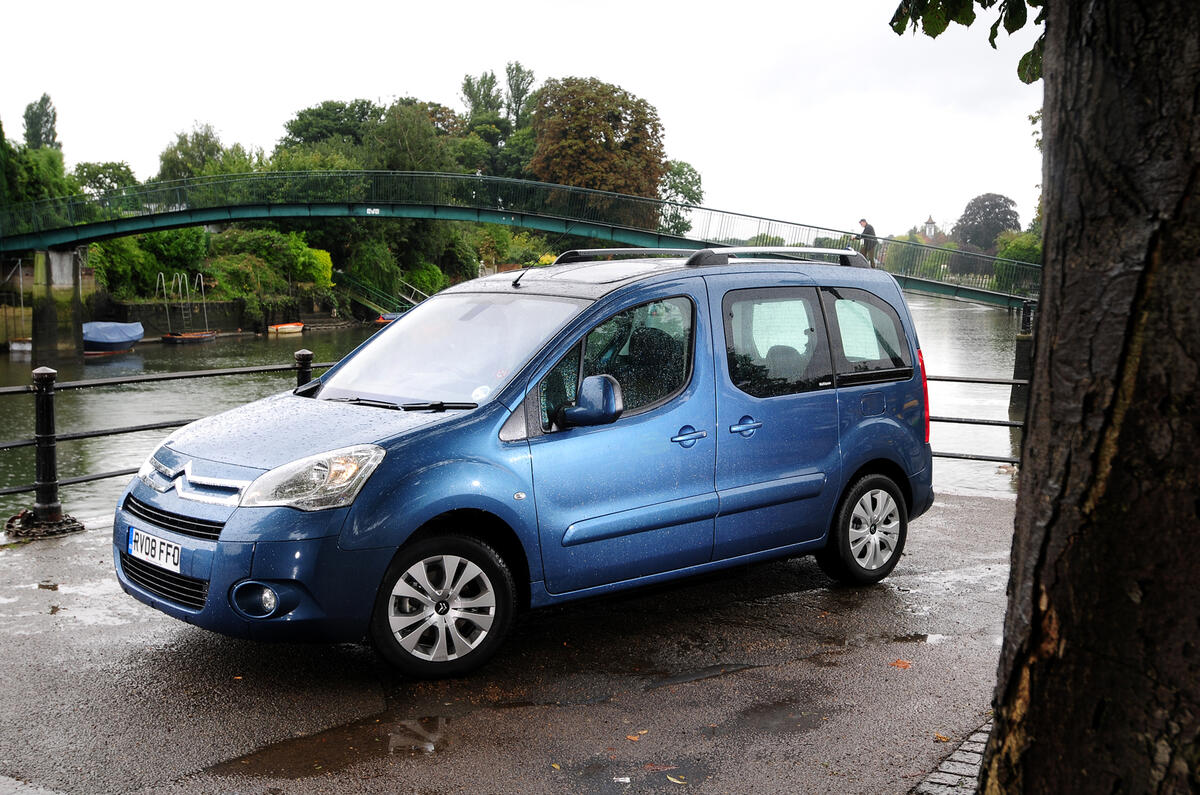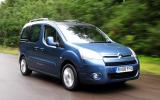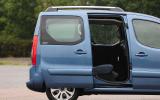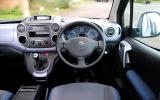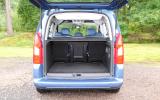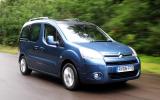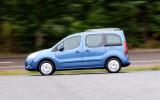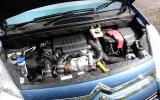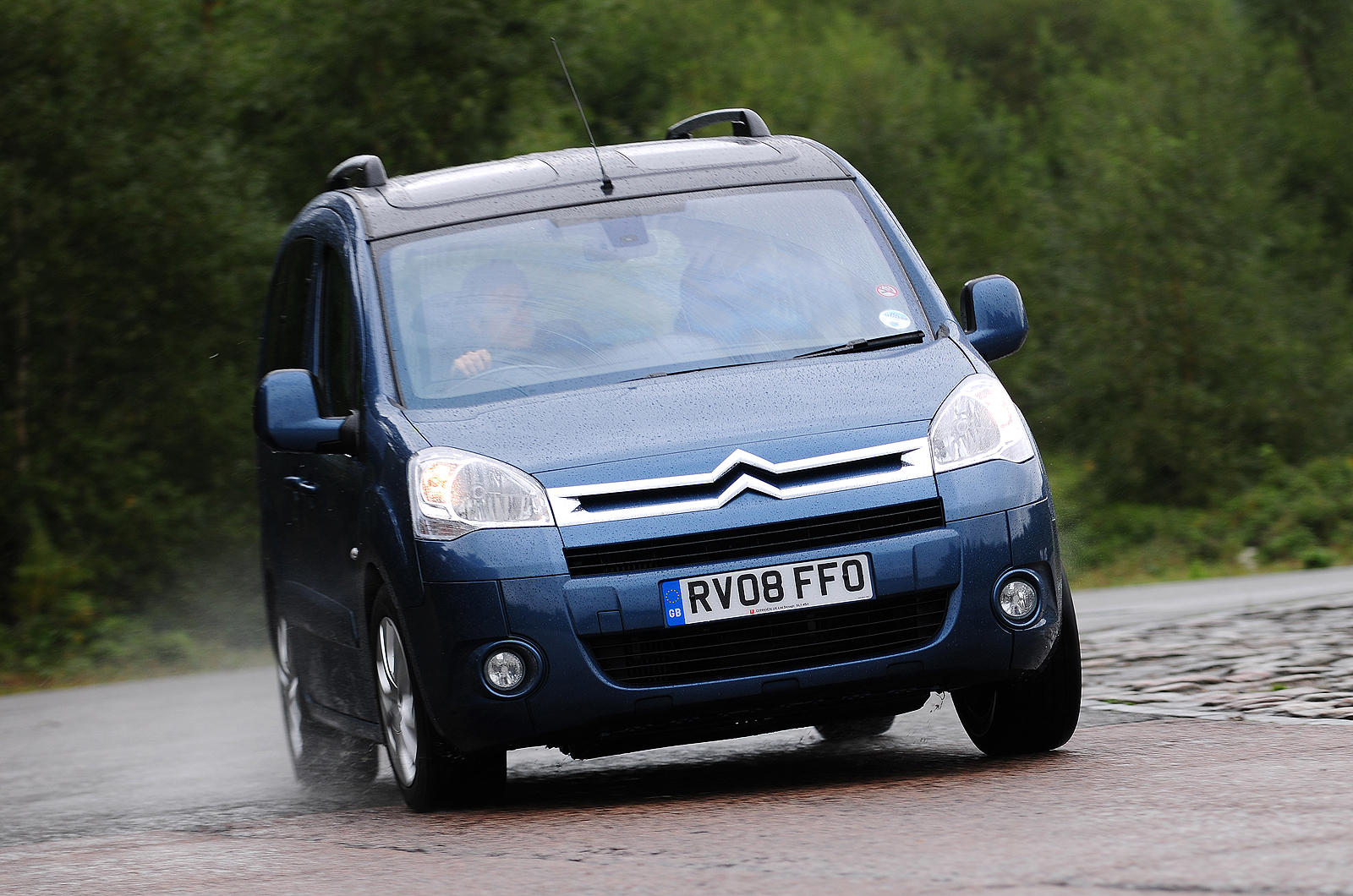SUV owners like you to believe they lead lives filled with adventure, but owners of the Citroën Berlingo Multispace actually do.
Go to any campsite and you’re likely to see Berlingos at the heart of family escapades, doubling as living areas as well as a means of travel.
The second-generation Multispace covered here was in production from 2008 to 2018. With traditional MPVs such as the Vauxhall Zafira available, the more utilitarian and separate-looking Multispace was always going to appeal to buyers with very specific requirements. It might explain why there aren’t that many on the used car market – unless, of course, it’s because their besotted owners can’t bear to part with them…
The model shared its basic platform architecture and drivetrains with the Citroën C4 and Peugeot 308, lending it a civilised feel and mature driving manners.
That said, the 1.6-litre petrol engines lack puff and sound strained; not so, the punchy and economical 1.2 Puretech with 108bhp that arrived relatively late in 2016.
It’s our pick of the petrols, but it’s the diesels that serve the Berlingo better and which dominate the market. They were all 1.6s throughout the model’s life but with different power outputs and technologies.
The early 74bhp and 89bhp units are gutless but cheap; more expensive but better all round are the later 99bhp and 118bhp Blue HDi diesels, although the latter is extremely rare. Both are Euro 6.
For a while, early 89bhp diesels were available with an EGS6 semi-automatic gearbox. It can be rough and jerky and dents performance. Its successor, the ETG6 that was fitted as an option to 99bhp diesels, is smoother but equally as pace-sapping, although economical. The regular manual gearbox is not great – it has a long throw and dislikes being rushed – but does the job.




